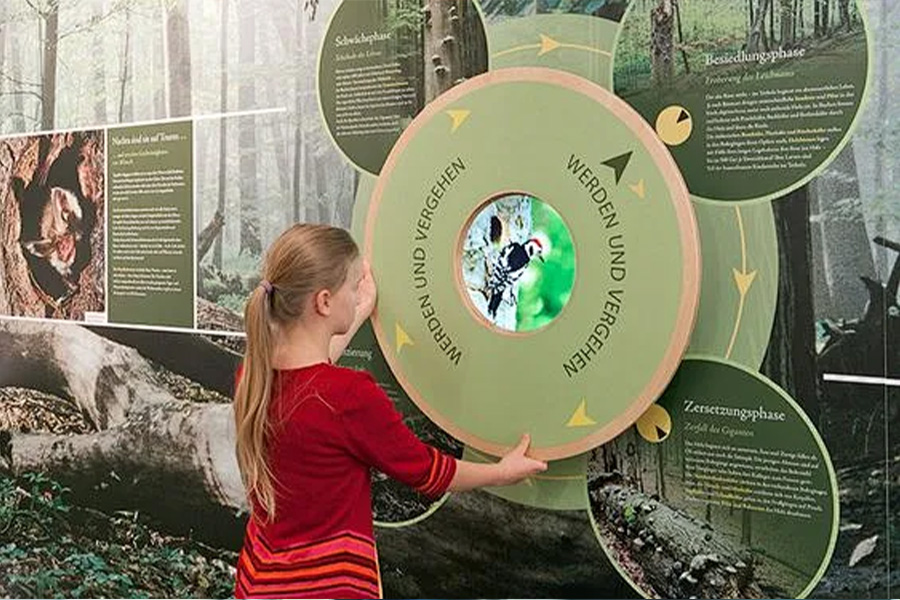Forestry, as a vital sector in many regions, plays a significant role in shaping the economic landscape of local communities. It serves as a cornerstone for diverse economic activities, ranging from timber production to non-timber forest products, and even contributes indirectly through ecosystem services that support agriculture, tourism, and other industries. This exploration aims to delve into the multifaceted economic impact of forestry on local communities, highlighting both the opportunities and challenges it presents.

One of the most immediate economic benefits of forestry is job creation. In areas where forestry is prevalent, it often provides employment opportunities for residents, from logging and processing to management and conservation efforts. These jobs can be both seasonal and permanent, catering to a wide range of skills and education levels. Moreover, forestry-related activities often require collaboration among different professionals, such as foresters, ecologists, engineers, and technicians, fostering a diversified local workforce.
Beyond direct employment, forestry also supports ancillary businesses and services. For instance, the demand for forestry equipment, supplies, and maintenance services generates additional income for local entrepreneurs. Furthermore, the transportation of forest products, whether by road, rail, or water, stimulates infrastructure development and creates further employment in logistics and transportation sectors.
However, the economic impact of forestry is not entirely positive. The extraction of timber and other forest resources can lead to resource depletion if not managed sustainably. Over-exploitation can result in decreased productivity over time, impacting both current and future generations' economic well-being. Therefore, balancing extraction with regeneration and conservation is crucial for maintaining long-term economic viability.
Moreover, forestry can have indirect economic effects on local communities through its influence on other industries. For example, healthy forests contribute to soil stability and water regulation, which are essential for agricultural productivity. In regions where agriculture is a primary economic activity, the health of nearby forests can significantly impact crop yields and, consequently, farmers' incomes.
Tourism is another industry that often benefits from forestry. Scenic landscapes, wildlife habitats, and recreational opportunities provided by forests attract visitors, generating revenue for local communities through tourism-related activities such as accommodation, dining, and guided tours. This can lead to economic diversification, reducing dependence on a single industry and enhancing resilience against external shocks.
Yet, managing the economic impact of forestry requires a nuanced approach. Policies that encourage sustainable forest management practices, such as certification schemes and regulatory frameworks, are vital. They ensure that economic benefits are realized without compromising ecological integrity and future resource availability. Community involvement in forest management decisions is also crucial, as it fosters a sense of ownership and responsibility, leading to more effective and equitable outcomes.
In conclusion, forestry has a profound economic impact on local communities, offering opportunities for employment, business development, and industry support while posing challenges related to resource depletion and long-term sustainability. By adopting sustainable management practices and engaging communities in decision-making, it is possible to harness the economic potential of forestry while preserving its ecological value, ensuring a brighter future for all stakeholders.

 Return
Return


